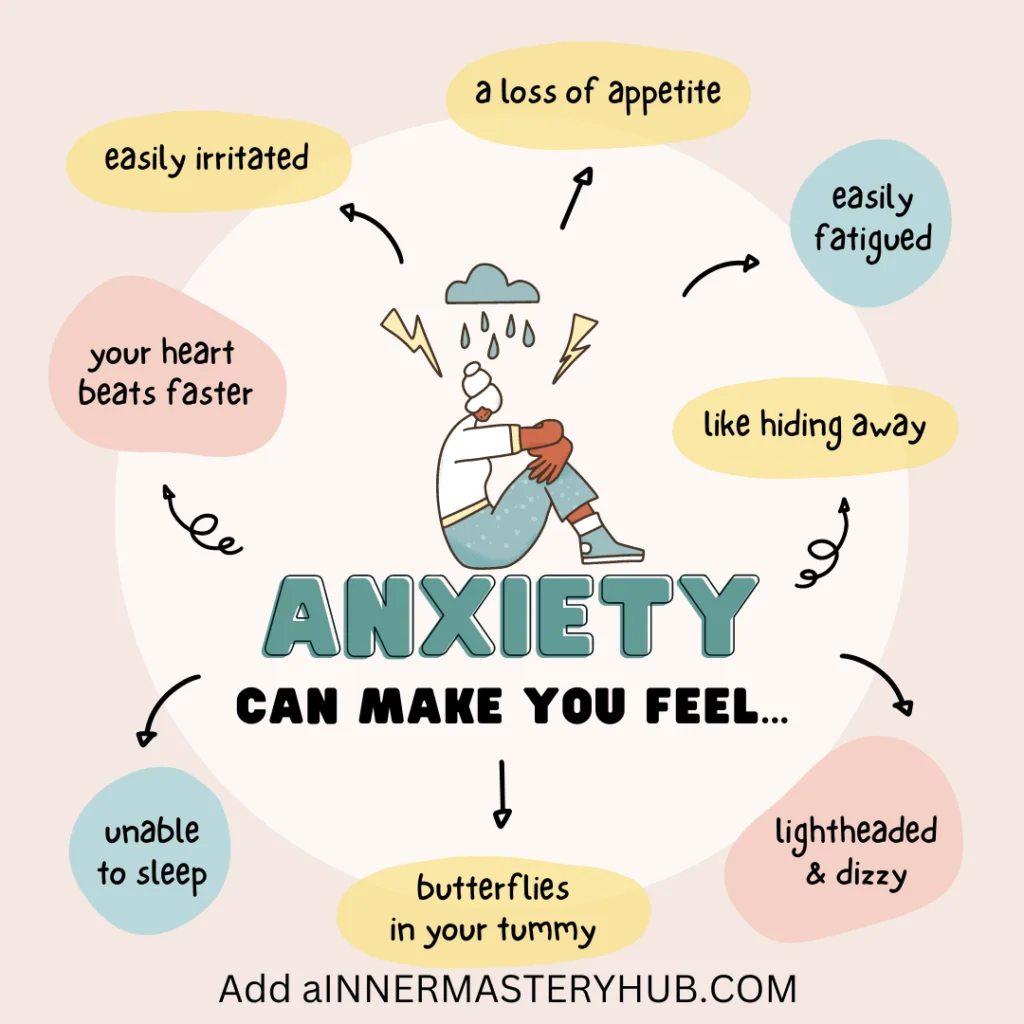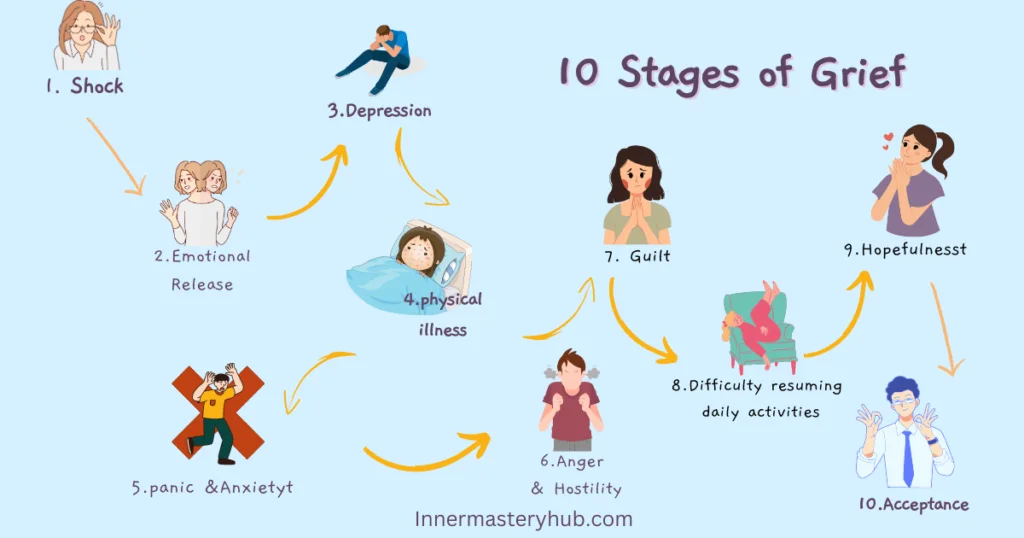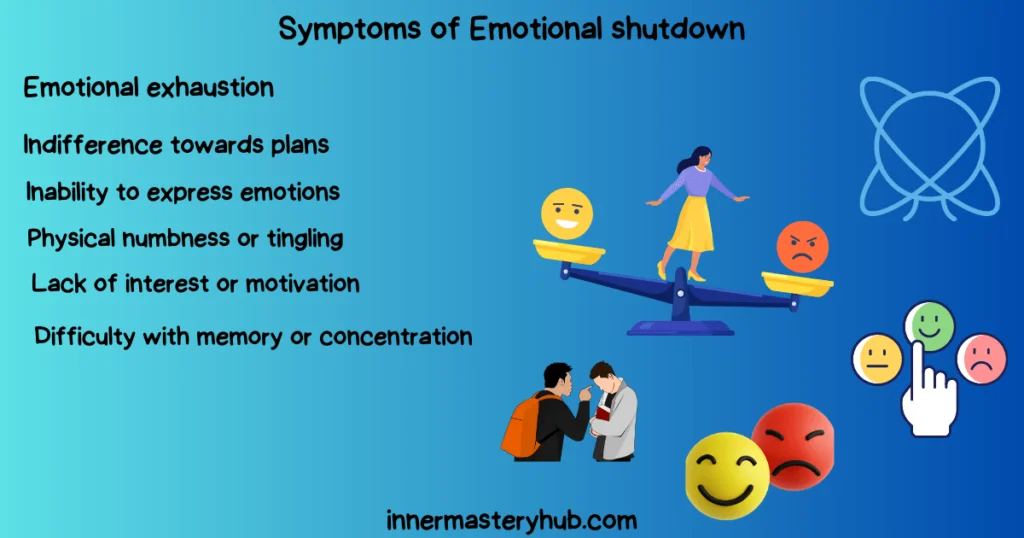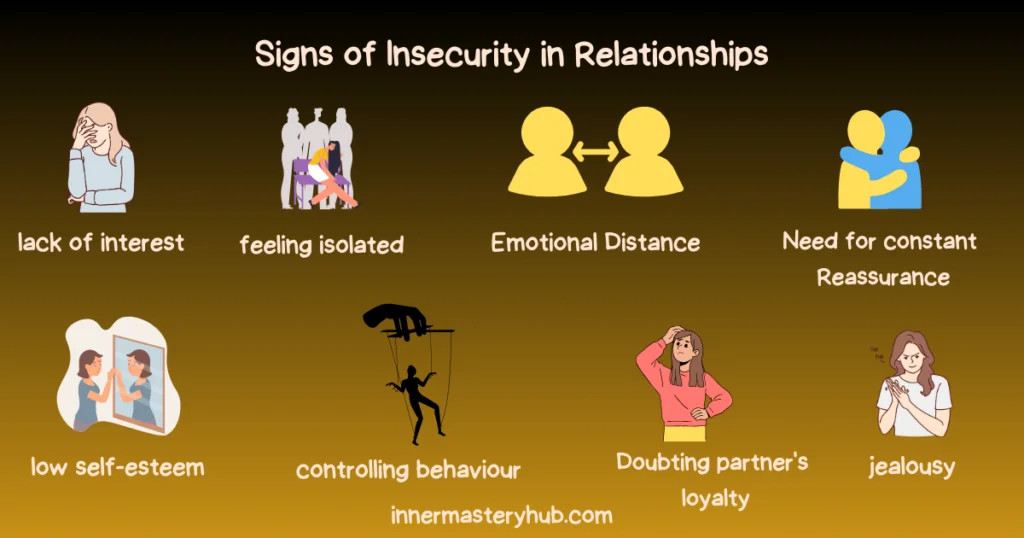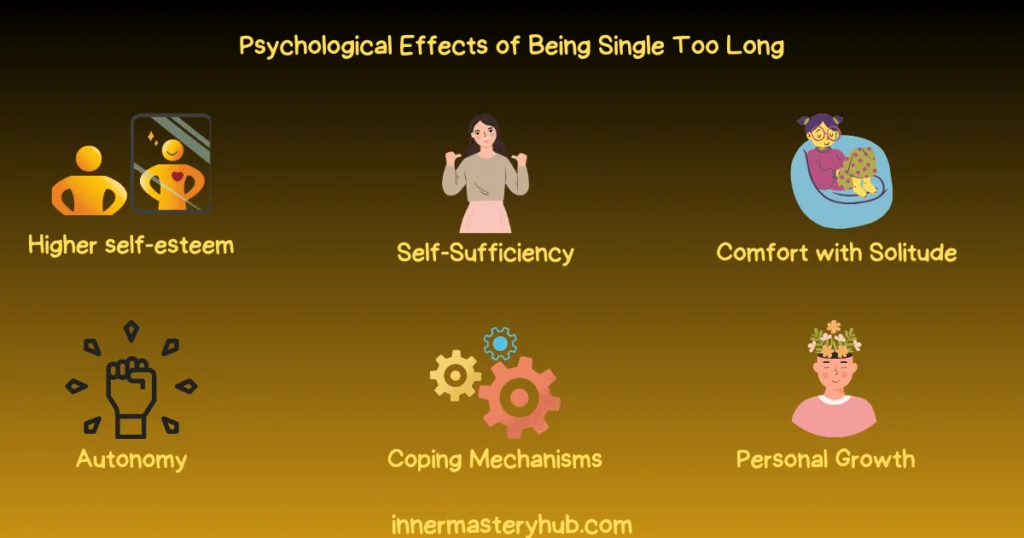
Trauma can take on many different forms and impact both our mental and physical health. Our bodies frequently hold trauma long after the original incident has occurred, which can be distressing and uncomfortable.
The body can mend itself and is remarkably resilient, though. The body is sometimes more skilled at processing stress than the mind is, despite the mind’s unique abilities. Surprising to us, the body frequently retains trauma, impairing our movement and ability to execute.
We’ll explore seven subtle but essential indicators in this blog that show 10 signs your body is releasing trauma of the past.
Table of Contents
How does trauma affect your body?
The body is strong. It is naturally able to bounce back from these kinds of traumatic experiences. Unresolved trauma has the potential to become an illness, but it can also occasionally resolve on its own naturally and return to normal functioning.
When the effects of a traumatic event persist for one month or longer and are affecting at least a single component of everyday functioning, such as work or family life, the condition is classified as post-traumatic stress disorder (PTSD).
Common symptoms of trauma
- disruption of sleep
- Intolerance or fits of rage
- intrusive memories or dreams
- inability to concentrate
- Disconnection from other people
- Hypervigilance
- Dissociation
- Loss of interest in your favorite activities
How Is Trauma Stored in the Body?
After a trauma, our bodies release adrenaline and cortisol. Fight, flight, or freeze hormones can save our lives in an emergency. The body stores trauma if these stress hormones aren’t addressed and resolved. The body may remember the event even if the mind attempts to forget. This can cause tension, discomfort, and dysregulation.
Traumatic memories can be preserved in the neurological system, especially unconsciously. These memories can affect our emotions, habits, and health without awareness. For example, someone who has experienced a car accident may feel a sudden surge of anxiety or panic when they hear loud noises resembling the sound of a crash.
Stages of Trauma Healing
Although the first Signs Your Body Is Releasing Trauma may be slight, they indicate a significant change in direction toward a better, more balanced existence. Healing from trauma includes the body regaining a sense of safety and more emotional regulation.
Trauma recovery happens in phases, but these phases of the healing process don’t always follow a linear pattern and may vary from person to person. In the early stages of trauma healing, people might switch between them.
In these stages, trauma survivors address the emotional, cognitive, and physical symptoms to release the trauma. Each stage brings difficulties and healing opportunities, helping people build resilience and restoration.
Safety and Stabilization
Creating a sense of security and stability is the primary goal of the first Signs Your Body Is Releasing Trauma. This frequently entails establishing a safe environment for the person to feel supported and protected physically and emotionally.
During this phase, techniques like mindfulness exercises, grounding exercises, and creating healthy habits might be helpful.
Exploration and Understanding
At this point, people start to investigate their traumatic events and develop a greater awareness of the effects they have had on their lives. This could entail processing the trauma-related feelings, memories, and beliefs while working with a therapist or counsellor.
During this phase, psychoeducation regarding the impacts of trauma on the body and brain may prove helpful.
Processing and Integration
Processing trauma involves facing and expressing distressed emotions, memories, and experiences. This can be done using CBT, EMDR, or somatic experiencing.
Reconnection and Integration
You restore connections with people, themselves, and the outside world as their recovery progresses. Rebuilding connections, restoring passions and hobbies, and gaining a sense of direction and meaning in life are all part of this stage and Signs Your Body Is Releasing Trauma.
Transformation and Growth
The last step of trauma healing involves growth and transformation that results from the healing process. People can gain resilience, wisdom, and a greater sense of self-awareness from their experiences, even though trauma’s effects might never disappear entirely. This stage focuses on accepting life with new strength, compassion, and enthusiasm.
10 signs your body is releasing trauma
Following are the signs your body is releasing trauma ;
1. Reduced chronic muscle strain
Suppressed emotions resulting from unprocessed trauma responses can cause chronic muscle strain. Trauma triggers the “fight-or-flight” response, causing muscle tension to prepare the body for immediate action.
As healing progresses, the nervous system becomes less reactive to trauma reminders. Decreased stress hormones like cortisol allow muscles to return to a more relaxed state. You can use progressive muscle relaxation, deep breathing, and meditation as relaxation methods during trauma healing.
2. Improved Gut Health
When trauma-based anxiety manifests in the gut, stomach clenching and tight abdominal muscles occur. A ‘fight or flight’ response to trauma can include stomach pain, nausea, intestinal cramps, and diarrhoea.
When trauma is resolved, GI symptoms decrease. They become less frequent and intense. As a result, when a person feels safe and comfortable, their gut muscles get relaxed which indicates the Signs Your Body Is Releasing Trauma.
3. Hypervigilance To Safe Mode
Because it is stuck in a state of danger, post-traumatic stress disorder (PTSD) leads the body to feel unsafe even when it is in a secure environment. Being hypervigilant and having an easy startle response is appropriate in a risky situation. This adds to both of these characteristics.
One of the benefits of releasing the effects of trauma from the body is that it helps the brain and the body reconnect to a sense of safety, which in turn makes you feel more at peace in your surroundings and in your own skin.
4. Restoring The Relationships
One of the most common types of traumatic experiences is being hurt easily and disconnecting in your relationships, which can lead to a general mistrust of other people and persistent negative views such as “people shouldn’t be trusted.”
Because trauma gives the impression that danger is always there, an active fight-or-flight system makes it difficult to sustain healthy relationships with other people. When the nervous system is calmed, a better capacity to feel comfortable with other people is achieved, which points to the signs that your body is releasing trauma.
5. You start Feeling Your Emotions
You begin to accept your feelings instead of ignoring them as you set out on the path of trauma recovery. You understand that crying is a spiritual shower, not a sign of weakness. Every tear you shed serves as a cathartic release for the grief and suffering you’ve been carrying for a very long time.
Rather than attempting to control or repress your feelings, you permit yourself to completely feel them, acknowledging their existence and trying to understand their underlying causes, such as grief, loneliness, helplessness, and anguish. By noticing and confronting these sensations, your anger fades, giving way to calm and acceptance, which points to the signs that your body is releasing trauma.
6. Your Body Releases Tension & Trauma
You observe substantial body changes as you recover from trauma. A major change is releasing long-held stress. You experience fewer headaches, migraines, stomachaches, stress, and exhaustion. This decrease in bodily pain indicates deep internal healing.
Through treatment, mindfulness, and self-care, you’ve built a sense of security that lets your body shed its protective armour. With each breath, tension melts away, leaving you peaceful and quiet.
Your relaxed state makes you more open to touch, especially from loved ones. Hugs that were awkward or upsetting are now comforting and connecting.
7. You Respond to Triggers Differently
Instead of behaving impulsively, you reflect on your feelings and experiences. Moving from reactivity to reflection is a significant step toward self-awareness and emotional management.
You start to see your triggers as guiding lights guiding you toward areas that require healing rather than as impediments to overcome or control. You learn about the origins of these triggers, their needs and vulnerabilities, and how to break the pattern of self-sabotage they may start.
8. You start to understand yourself better
Grieving for what you never had becomes challenging as you heal. You feel less and emote and understand your inner child—the sensitive, neglected part of yourself that needs love, validation, and nurture. You discover long-buried needs and desires as you delve into this inner child.
However, grieving for what you never experienced unleashes complex emotions. You feel frustration, anger, and resentment as you remember previous injustices and neglect. Allowing yourself to experience and process these feelings is essential to healing and growth.
9. Increased Mind Body Awareness
Traumatic events affect brain-body communication. Our brains transfer resources from emotional processing to traumatic event regulation because emotional awareness is not vital for survival. If recovery is delayed, all physical effects during such an event can last longer.
After traumatic release, the perception of imminent danger decreases, and processes resume. When your body’s trauma releases, you can process emotions naturally. This scary and intense healing aspect is beneficial and necessary and increases self-awareness.
10. Your Sleep Improves
Whenever the body is unable to move out of a state that makes it appear as though it is in danger, it will not allow you to fall asleep. When the body and brain are kept alert by anxiety and excitation of the nervous system, it becomes difficult to fall asleep and to remain asleep after that.
When you can let go of traumatic experiences, and your body begins to feel safe again, your brain will realize that it can stop being so attentive and will allow you to go to sleep.
Therapies For Trauma Recovery
Recovering from trauma frequently requires a multimodal strategy that includes several therapies from trauma experts catered to each patient’s requirements and preferences. The following are a few popular trauma rehabilitation therapies:
Cognitive behavioural therapy, or CBT, aims to recognize and alter unfavourable thought processes and behaviour patterns. It assists people in questioning false assumptions about the world and themselves and substituting more positive viewpoints. CBT is beneficial for treating anxiety and post-traumatic stress disorder (PTSD) symptoms.
Eye Movement Desensitization and Reprocessing (EMDR). This specialized therapy helps process traumatic memories and reduce distress. Guided eye movements or bilateral stimulation are used to recall distressing events. Reprocessing traumatic experiences using EMDR helps people incorporate them into their stories and minimize emotional intensity.
TF-CBT. Trauma-focused Cognitive Behavioral Therapy TF-CBT targets traumatized children and adolescents. It treats PTSD, depression, and other trauma symptoms utilizing cognitive behavioural therapy and trauma-focused therapies. Psychoeducation, relaxation, and coping skills training are common in TF-CBT.
Dialectical Behavior Therapy (DBT). DBT emphasizes acceptance and change using CBT and mindfulness. It helps people manage emotions, build relationships, and cope with stress. Trauma survivors with emotional dysregulation and self-destructive behaviours may benefit from DBT.
Resources & Further Reading
The Body Remembers: The Psychophysiology of Trauma and Trauma Treatment (Norton Professional Book)
FAQS
What is Complex Relational Trauma?
Recurrent or extended exposure to traumatic events—such as abuse, neglect, or betrayal—in interpersonal relationships is referred to as complex relational trauma.
It frequently leaves a person with severe emotional and psychological wounds that affect their relationships, sense of self, and general well-being. Rebuilding trust and addressing relational patterns are standard components of treatment.
How Long Does Trauma Healing Last?
The duration of trauma healing varies greatly depending on the individual, the nature of the trauma, and the effectiveness of treatment. It can range from months to years, with ongoing growth and self-discovery even after initial healing.
What does trauma release in the body feel like?
Trauma release in the body can manifest as sensations such as trembling, sweating, heat or cold flashes, or intense emotions. It may feel overwhelming but often brings a sense of relief, release, and catharsis.
How do you know your body is healing from trauma?
Signs that your body is healing from trauma include reduced physical symptoms like tension, improved sleep, increased energy levels, a greater sense of safety, and more stable emotions. You may also notice a growing ability to cope with stress and a renewed interest in activities and relationships.
What are signs your body is releasing trauma?
Signs that your body is releasing trauma include spontaneous crying or laughter, trembling, sweating, feeling heat or cold flashes, muscle tension release, and experiencing waves of intense emotions. You may also notice changes in breathing patterns, increased energy, or a sense of lightness and relief afterwards.
How do you get rid of emotional trauma?
To address emotional trauma, seek support from a therapist or counsellor specializing in trauma therapy. Techniques like cognitive behavioural therapy (CBT), EMDR, mindfulness, and somatic experiencing can help process and release trauma. Engage in self-care practices, cultivate healthy coping strategies, and build supportive relationships to aid in healing.

